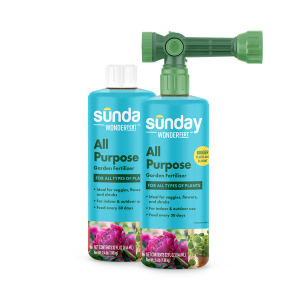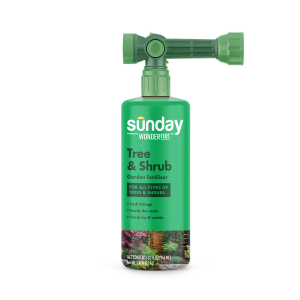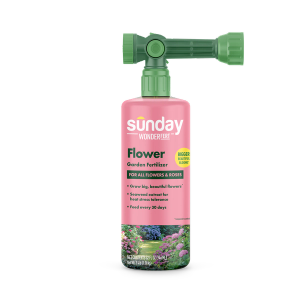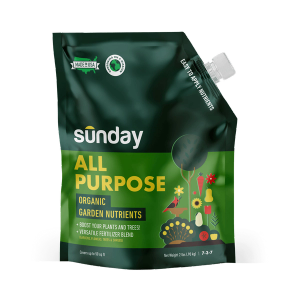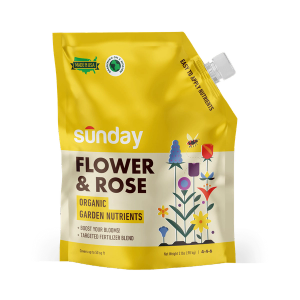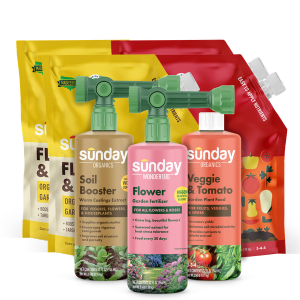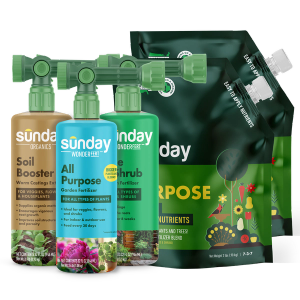While not all herbs grow well from seed—and some may not be true-to-type (share the same properties as parent plant)—in general they're consistent plants that require low upkeep. Before you start planting, follow these 5 easy tips to make sure that your first herb garden is a success.
Step 1: Start in the soil
Herbs are resilient and will grow in almost any garden soil. If you're using a planter, we recommend a good clean potting mix because soil tends to hold moisture which can cause plants to become waterlogged. A neutral growing environment is best, so avoid any nutrients or inputs that can spike the pH balance. Keep in mind that herbs don’t require highly fertile soil but if you're planting outside, we recommend adding compost to improve the growing climate.
Step 2: Find direct sunlight
In gardening as in real estate, location is everything. To ensure that your herbs grow to their full potential, start by identifying your plant's light requirements (usually located on the seed packet or seedling tag). Some herbs prefer more shade than others, but most will do best with 6–8 hours of direct sunlight each day.
Step 3: Where is the water
It's important to pick a growing location that has both easy access to water and adequate drainage. One quick way to make sure that your drainage is sufficient is to check for puddling or runoff after watering, or rain if planting outside. If you see water pooling or there is a lot of runoff, you’ll want to find a new location. Most herbs grow best in dryer soil, so you likely won’t have to water frequently, but it is important that there is proper drainage when you do. Whether you're planting directly in the ground or in containers, choose a location or pot with good drainage for the best results.
Step 4: Prepare to plant
Now that you have your location and soil all straightened out, it’s time to prepare your plot for a new plant. If you’re planting in the ground, make sure to cultivate your soil to approximately 12" deep. Simply till or loosen the soil in the designated growing area. It is important to only till where you plan to plant so that you don’t bring any weed seed to the surface where it can germinate. If your soil needs inputs like additional organic matter, make sure to add them now.
Step 5: Plan for pests
While herbs tend to naturally repel many pests, certain herbs can be susceptible to spider mites, aphids, and other insects as well as various diseases. We recommend not doing anything for pests until you see that there is a problem. If an issue arises, follow our Integrated Pest Management (IPM) approach.
Happy herbing
With a little bit of sunlight, proper drainage, and minimal effort you can get your herb garden growing. Keep your plants pruned regularly, keep your garden tools clean (if they come in contact with insects or plant disease), and you will be well on your way to growing healthy herbs that look, smell, and taste delicious.
Cited sources
Growing Herbs at Home:University of Missouri
Growing herbs in home gardens:University of Minnesota







